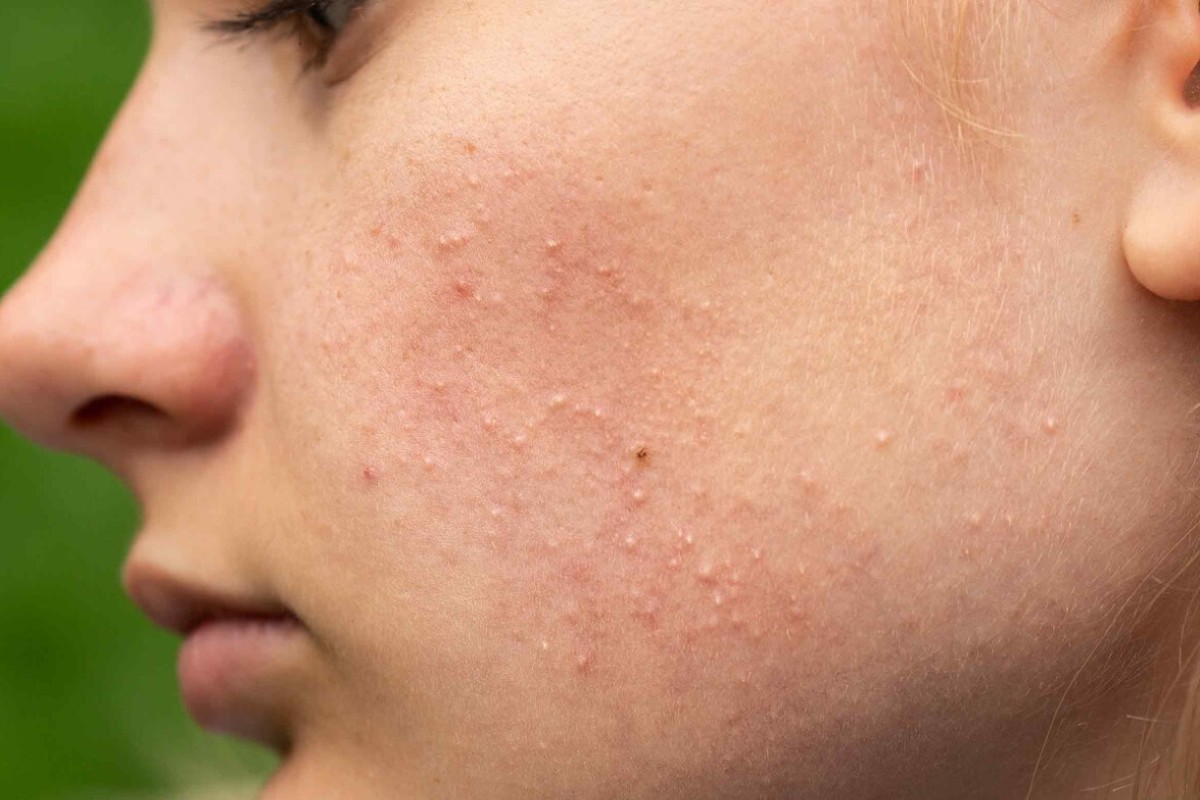When you think of dry skin, the image of flaky, tight skin comes to mind, not clogged pores and breakouts. Yet, it’s possible to have both. This combination can leave you feeling like you’re in a skincare paradox, where the standard solutions for dry skin seem to worsen pore congestion, and treatments for clogged pores can rob your skin of much-needed moisture. Ahead, we’ll explore why and how dry skin can coexist with clogged pores and provide dermatologist-backed recommendations to tackle this condition.
Can dry skin cause clogged pores?
Both dry and congested skin (skin with clogged pores) often points to a damaged moisture barrier. When the skin lacks moisture, it can become flaky and rough. This condition leads to tiny cracks in the skin, reducing the skin’s natural ability to retain moisture. In response to dehydration, the sebaceous glands start to produce more sebum to compensate for the lack of moisture. The extra oil then mixes with dead skin cells, which can get blocked in the follicles and contribute to clogging the pores.
You’re more likely to experience dry skin with clogged pores if your skin is genetically oily but lacks moisture due to a damaged barrier. When oily skin is dehydrated, it can lead to dry-feeling skin with clogged pores. Hydrating and moisturizing products can provide relief. Once your moisture barrier is healthier, the clogged stuff will more easily come to the surface instead of becoming stuck under your skin.

How do you know you have dry skin with clogged pores?
Your skin may feel tight and uncomfortable, especially after cleansing, and appear flaky or scaly. At the same time, you might notice blackheads, whiteheads, or a rough texture, particularly in areas like the T-zone, which are signs of clogged pores. This dual condition can also lead to skin that appears dull and has an uneven texture with blemishes.
How to treat dry skin with clogged pores
A dry face with clogged pores is a face with a damaged skin barrier. That’s why we recommend using non-comedogenic and lightweight moisturizers formulated to restore the skin’s barrier. This will not only make the moisture barrier stronger but also make it easier for whatever is clogging your pores to come out. Look out for ingredients like ceramides, fatty acids, Centella asiatica, and hyaluronic acid. They will rebuild the moisture barrier so that your face is neither dry nor congested but self-regulating. Check out these skin barrier repair moisturizers to treat dry skin with clogged pores.
Aside from moisturizing, you also need to exfoliate more. If you have dry, flaky skin and aren’t exfoliating enough, the dead cells can accumulate on the surface and clog your pores. The sebum may also become stickier and not drain easily. To address this, consider using a product containing salicylic acid, like Paula’s Choice BHA Exfoliant, once or twice a week.





